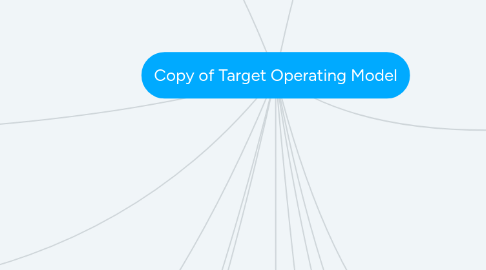
1. Commercial
1.1. Critical Deliverables
1.2. Service Level
1.3. Reporting
1.4. Pricing Matrix
1.5. Commodity Pricing
2. Y-on-Y Committed Improvement Map
3. Security
3.1. Identity Management
3.2. Security Infrastructure
3.3. Patching,Provisioning,Feeding and Watering
4. Bi-Modal IT
5. Reduce Time to Deliver
6. Cloud Operating
6.1. Orchestrate
6.1.1. Service Catalog
6.1.1.1. Service Introduction
6.1.1.2. Service Delivery
6.1.2. Cost Transperancy
6.1.2.1. Reporting
6.1.2.2. Chargeback
6.1.3. Monitoring
6.1.3.1. Self Healing
6.1.3.2. Reporting
6.2. Brokerage
6.2.1. Repeatability
6.2.1.1. Provisioning
6.2.1.2. Patching
6.2.1.3. Testing
6.2.1.4. On-Demand
6.2.2. Cost Transparency and Charge-back
6.2.2.1. Allocation
6.2.2.2. Tagging
6.2.3. Standardization
6.2.3.1. Subscription Strategy
6.2.3.2. Hardening
6.2.3.3. Configuration Management
6.2.3.4. Infrastructure as-a-code
6.3. Integrate
6.3.1. Governance
6.3.2. Service Integration
7. Automation
7.1. IT Operations
7.1.1. DIGITAL
7.1.2. Service Management
7.1.3. Infrastructure
7.1.4. Microsoft Technologies
7.1.5. SAP Technologies
7.1.6. Service Management
7.2. Robotic Process Automation
7.3. Intelligent Process Automation
8. Cross Functional Service
8.1. Platform Management
8.1.1. Compute Management
8.1.2. Storage Management
8.2. Network Device Management
8.3. Database Administration
8.4. Application Support
8.5. Service Management
8.5.1. Configuration Management
8.5.2. Problem Analysis Approach
8.6. Commodity Services
9. DC/Cloud Transformation
9.1. TCS Cloud Offering
9.1.1. Current DC Footprint
9.1.2. Target State TCS Cloud
9.1.2.1. Infrastructure as-a-a-service
9.1.2.2. Platform as-a-service
9.1.2.3. Database as-a-service
9.2. Roadmap of MS Azure
9.2.1. Current Azure Footprint
9.2.2. Target Azure Footprint
9.3. Transformation Roadmap
9.3.1. Architectural Change
9.3.1.1. Microservice Based
9.3.2. Application Analysis
9.4. Business Case Creation
9.4.1. Existing Spend Analysis
9.4.2. Pay per use model
9.4.3. Projected spend in 5 years
10. Data Analytics
11. Innovation Scorecard
12. Outcome Based Services
13. Workplace Reimagination
13.1. Digital Service Hub
13.1.1. Chat Bot
13.1.2. Software Apps Store
13.1.3. Smart Bar
13.1.3.1. IT Peripherals Vending Machine
13.1.4. Omnichannel
13.1.5. Crowd Sourcing & Gamification
